Advice From Industry Experts
August 26, 2025
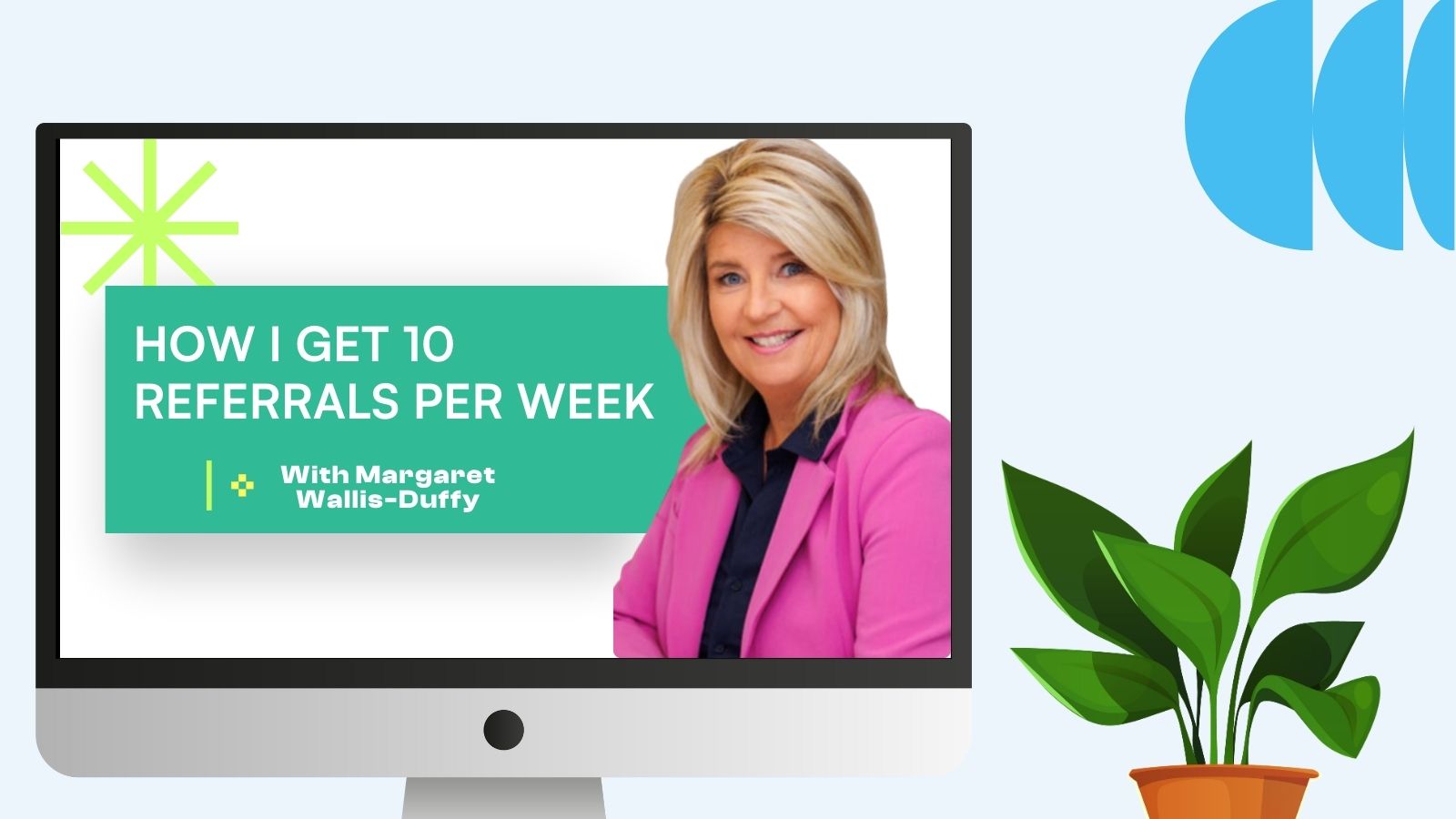
How do you get more clients without spending more money?
That was the #1 question when ClinicSense asked over 10,000 massage therapy business owners what they needed help with most. In a recent Lunch & Learn, we turned to someone with a proven answer.
Margaret Wallis-Duffy, award-winning RMT and founder of Wallis for Wellness, shared the exact steps she uses to generate 10 referrals a week consistently. With 33 years of experience and a passion for patient-centered care, Margaret has built a fully booked practice rooted in trust, connection, and community.
In this recap, we’ll break down her simple, powerful referral strategy, one of the most effective ways to attract new massage clients; so you can start putting it into action right away.
Before Margaret shared any strategies or tips, she began with something deeper: her story. It wasn’t just background; it was the foundation of everything she’s built. And it’s the reason people trust her, refer to her, and stay with her.
As she explained, having a story, and learning how to tell it well, is critical for growing your massage practice. It’s what sets you apart in a crowded field. Your story helps people connect with you, understand your passion, and see the value of what you offer.
Margaret’s story was personal, powerful, and deeply relatable. It reflected both the life-saving care she received from conventional medicine and the profound impact massage therapy had on her healing. It shaped not just her career choice, but the passion and purpose she brings to her work today.
You don’t need a dramatic backstory to make an impact. What matters is that your story is honest, human, and yours. When you share it with confidence, it builds trust and trust leads to referrals.
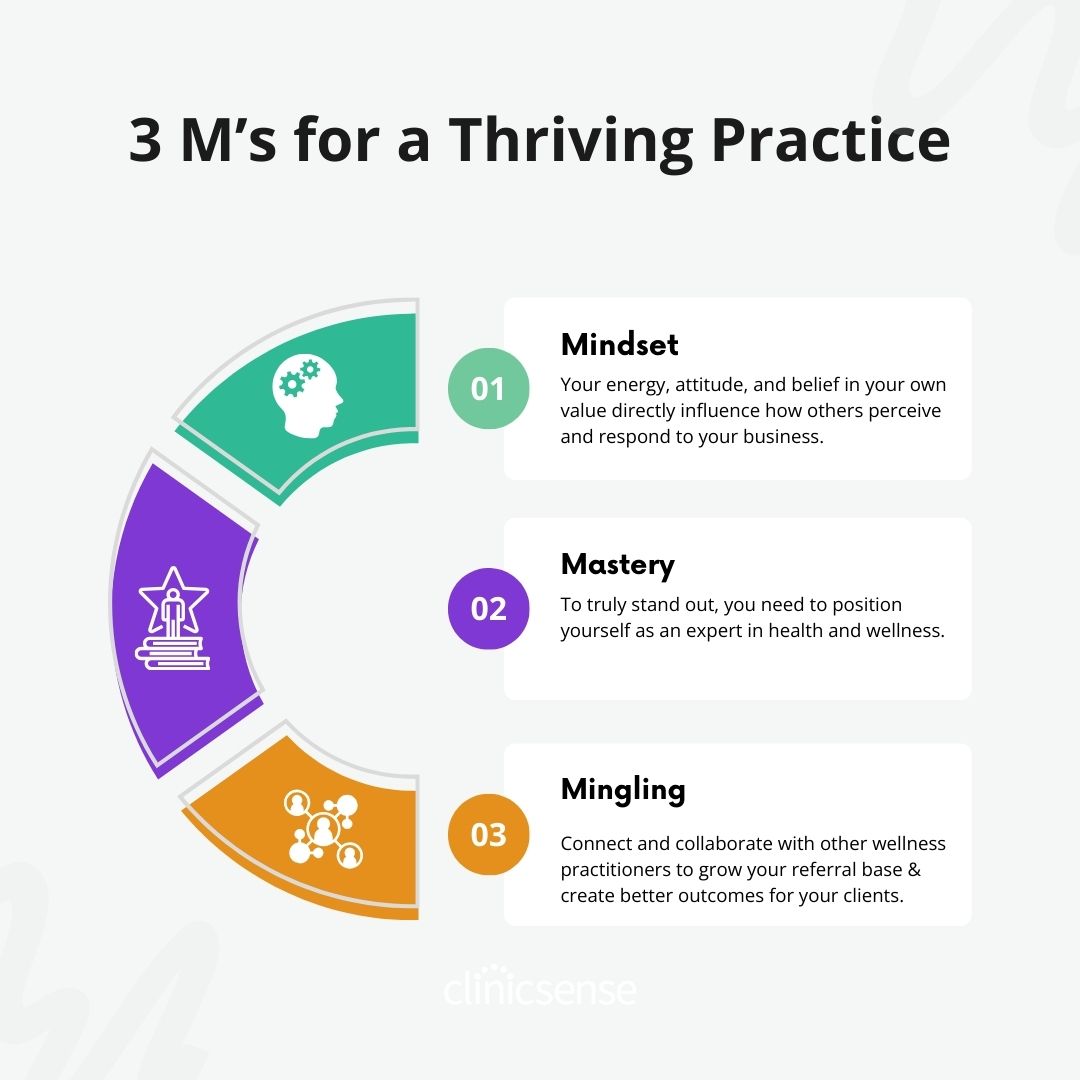
According to Margaret Wallis-Duffy, building a successful massage practice isn’t just about great hands-on work. It’s about showing up fully as a business owner. Her three foundational “M’s” offer a holistic framework to grow with purpose and impact:
1. Mindset
Success starts with you. Your energy, attitude, and belief in your own value directly influence how others perceive and respond to your business. If you’re not in the right headspace, it shows, and it can block referrals and growth. Margaret emphasized that cultivating a confident, positive mindset is the most critical piece of your business success.
2. Mastery
Mastery goes beyond CEUs and clinical technique. It means thinking outside the four walls of your treatment room. To truly stand out, you need to position yourself as an expert in health and wellness. Be someone clients and collaborators trust for guidance, education, and solutions. Ongoing learning and leadership in your community play a big role here.
3. Mingling
Your network is your lifeline. Margaret encouraged attendees to connect and collaborate with other healthcare professionals, not just to grow your referral base, but to create better outcomes for your clients. When you nurture those relationships, you build trust, visibility, and shared confidence in your work.
Together, these three pillars form the foundation of a thriving, referral-rich massage business and a mindset focused on building an abundant massage business.
Margaret began the session with a reminder: your mindset shapes everything. If you want a thriving practice, you have to believe that it’s possible and that you’re capable of making it happen.
She called out a few common limiting beliefs that hold massage therapists back:
Mindset isn’t about fake positivity. It’s about developing the belief that you can learn the business side of massage therapy, do meaningful work, and deserve to succeed.
Being great at massage is just the beginning. Margaret challenged us to think beyond the hands-on treatment and focus on mastering the full client experience. Every touchpoint is an opportunity to build trust, deliver value, and create raving fans who refer others.
She broke it down into 7 essential interactions that every therapist should master:
In the next section, we’ll break down each one, as well as how to make it work for you.
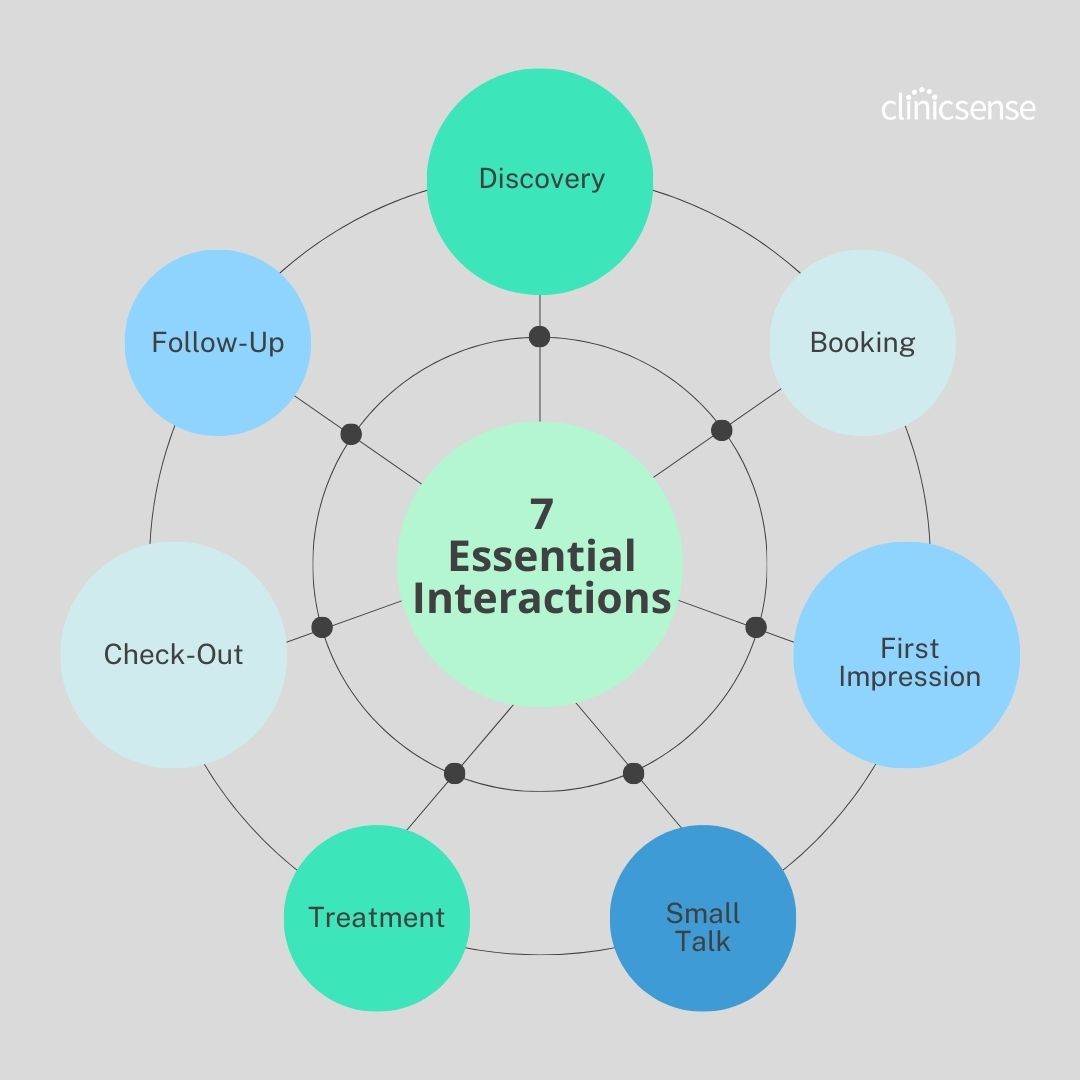
Long before someone books, they’re already forming opinions about your business. That’s why having a strong online presence is essential. Margaret stressed that your website and profiles should look professional, be easy to navigate, and clearly explain what you offer.
You don’t need a big budget to look polished. Website templates make it easy to create something clean and credible.
Just as important: your Google presence. Ask yourself:
These elements help potential clients find you, feel confident in choosing you, and take the next step to book. If you’re using ClinicSense, the built-in review request feature makes it easy to consistently collect Google reviews without adding more to your plate.
When someone is in pain or overwhelmed, they’re looking for fast, easy access to care. Margaret reminded us that the booking process should be seamless, not a game of phone tag or back-and-forth messages.
Don’t make clients wait for business hours or a call back. With online scheduling, they can book the appointment they need, when it’s convenient for them. Put your booking button front and center on your website and social media so it’s easy to find.
Removing barriers at this stage shows clients that you respect their time and makes it more likely they’ll follow through.
Margaret reminded us that the client experience begins long before they’re on your table. It starts the moment they pull into the parking lot.
Is the space clean and welcoming? Is the signage easy to spot? These small details can shape how safe and comfortable someone feels before they even walk through your door.
Inside, your office should reflect the brand and energy you want to project—whether that’s calm and clinical or warm and homey. Creating a treatment space that works doesn’t stop there. Don't underestimate the power of a simple hello. Greeting everyone in the waiting area, even if they’re not your client, helps create a friendly, professional atmosphere that sets the tone for what’s to come.
Small talk is more than just friendly chatter, it’s a vital part of building trust and delivering personalized care. Margaret explained that meaningful conversation can actually influence treatment outcomes.
A client might come in for physical pain, but a quick check-in reveals they’re under emotional stress like going through a major life change. That insight helps you understand the full picture and adjust your care to support both body and mind.
Being present and genuinely listening shows clients you care, and it’s one of the simplest ways to build strong client connections that lead to long-term loyalty. And while it can be tough to remember every detail when you’re seeing many people each week, making a quick note after a session can help you follow up meaningfully next time. Asking about something they mentioned previously lets them know they’re seen, heard, and valued.
During the hands-on portion of the session, your clinical skills shine, but it’s not just about what you think needs to be done. Margaret emphasized the importance of listening closely and aligning your treatment plan with what the client wants and needs.
As the professional, you should confidently lead the session and guide their care, but you must always take time to understand their goals. Sometimes your massage treatment plan and their expectations won’t perfectly align. That’s okay. The key is finding the balance: delivering effective care while honoring their preferences and priorities.
Margaret also encouraged therapists to think holistically. Could this client benefit from another professional’s support? Don’t hesitate to refer out when appropriate. It empowers your client, strengthens your credibility, and shows that you're invested in their whole-person wellness.
Collaborating with other providers not only improves outcomes—it helps you build a trusted professional network that benefits everyone involved.
The session isn’t over when the hands-on work ends. Margaret reminded us to treat the check-out process as a key moment of connection, not just a transaction.
Take a moment to ask how they’re feeling, and pay attention not just to their words but to their body language. Do they seem more relaxed or energized than when they arrived? Are they holding tension or moving differently? These cues can help you better understand how the session impacted them.
Give clients space to respond authentically. This is your chance to learn what worked (and what didn’t) and offer a plan for what’s next—whether it’s a home care suggestion, a follow-up timeframe, or encouragement to rest.
Also, make sure the logistics are just as smooth. Accepting multiple forms of payment, sending email receipts, and using an easy checkout system all help reduce friction and leave clients with a good final impression.
Most importantly, don’t rush. A calm, attentive check-out helps your client feel cared for from beginning to end.
Margaret pointed out that follow-up is one of the most overlooked parts of the client experience, but it can have a big impact on both outcomes and relationships.
You don’t need to follow up after every visit. However, if something new was addressed, like an injury, a change in treatment, or a first-time client, take a moment to check in. A quick message asking how they’re feeling shows that you care and reinforces your role as a trusted professional.
It’s a small gesture that clients remember. It improves outcomes, builds loyalty, and often turns into something even more valuable: a referral.

The final piece of Margaret’s referral strategy is all about connection. Networking with other health and wellness professionals isn’t optional, it’s how you tap into the power of collaboration to build a sustainable, referral-based practice.
From day one, Margaret made it a priority to connect with local healthcare providers, knowing she wanted to build an integrative practice long before that was the norm. She didn’t wait for referrals to come to her. She created relationships that made them possible.
Sometimes that meant showing up in person with something thoughtful,like a homemade banana loaf for the office staff and a professional referral kit that included easy-to-use referral pads. Other times that meant hand delivering a letter of introduction and offering gift cards to try her services was a simple, effective way to start a relationship. Not every provider will respond, but the ones who do can become a reliable, long-term source of new clients.
You don’t have to bake, but a small gesture that feels personal and professional can go a long way. Margaret also volunteered on a local hospital board, which helped her meet doctors, build credibility, and become a familiar face in her healthcare community.
She emphasized that sharing your story, clearly communicating what you do, and being visible in your local network builds confidence, not just in others, but in yourself. Over time, you’ll stop feeling nervous asking for referrals, because you’ll know you have something valuable to offer.
Margaret’s results didn’t happen overnight, and yours don’t have to either. Whether you’re navigating the annual massage therapy slow season or experiencing rapid growth, what matters most is showing up consistently. Building a referral-rich practice takes time, but what matters most is showing up consistently. When you commit to sharing your story, connecting with others, and delivering a standout client experience, the referrals will come.
It’s not about doing everything perfectly. It's about doing the right things repeatedly. Even small actions, done consistently, create momentum.
And don’t forget: sometimes all it takes is a simple referral request at the right time to keep your practice growing.
Keep showing up. Keep caring. And keep building the kind of business people can’t wait to recommend.

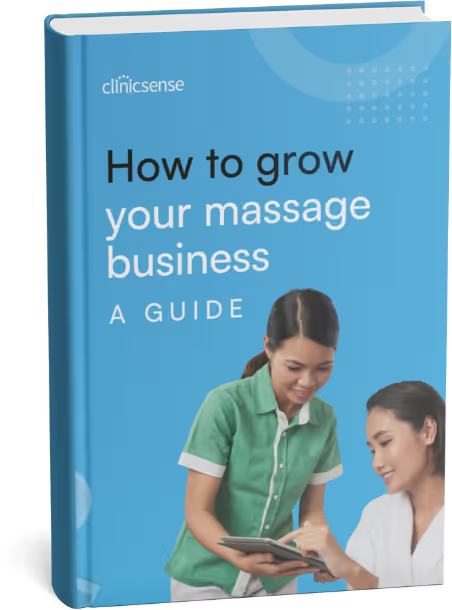
.avif)
.avif)
.avif)
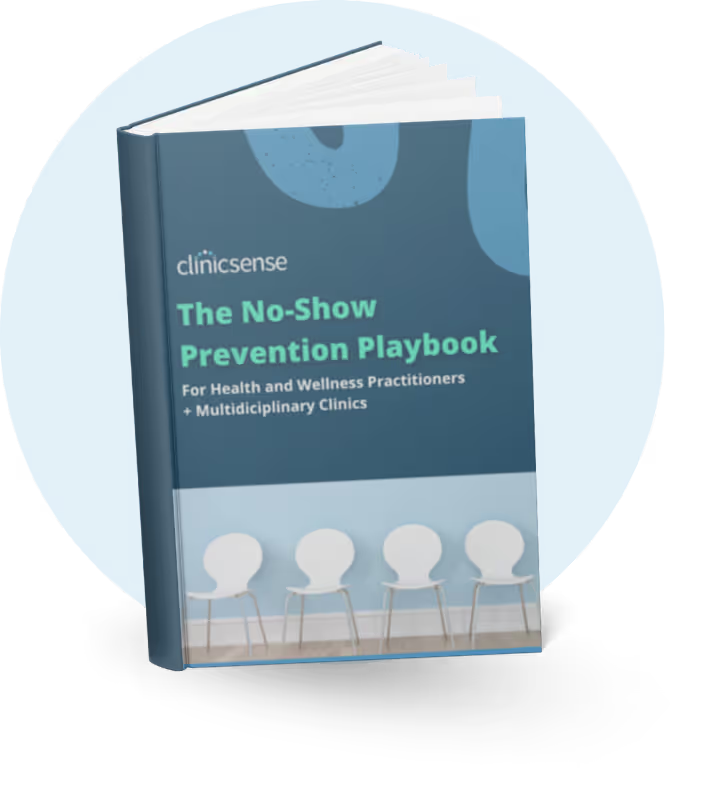








For 14 days